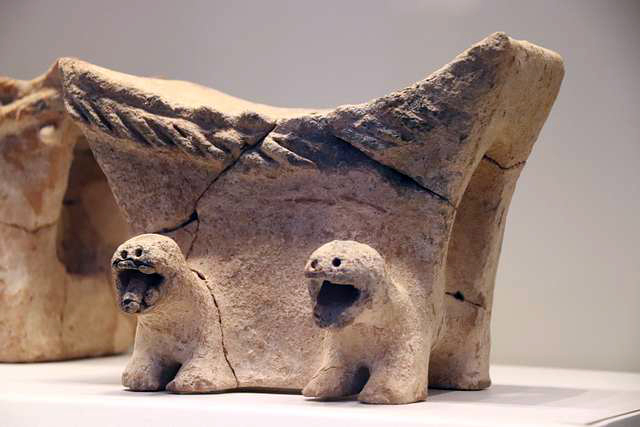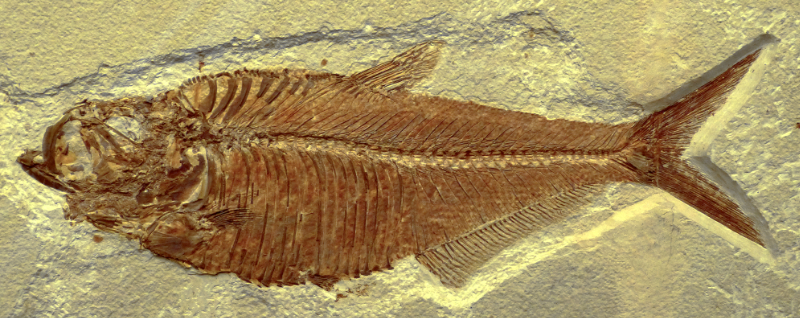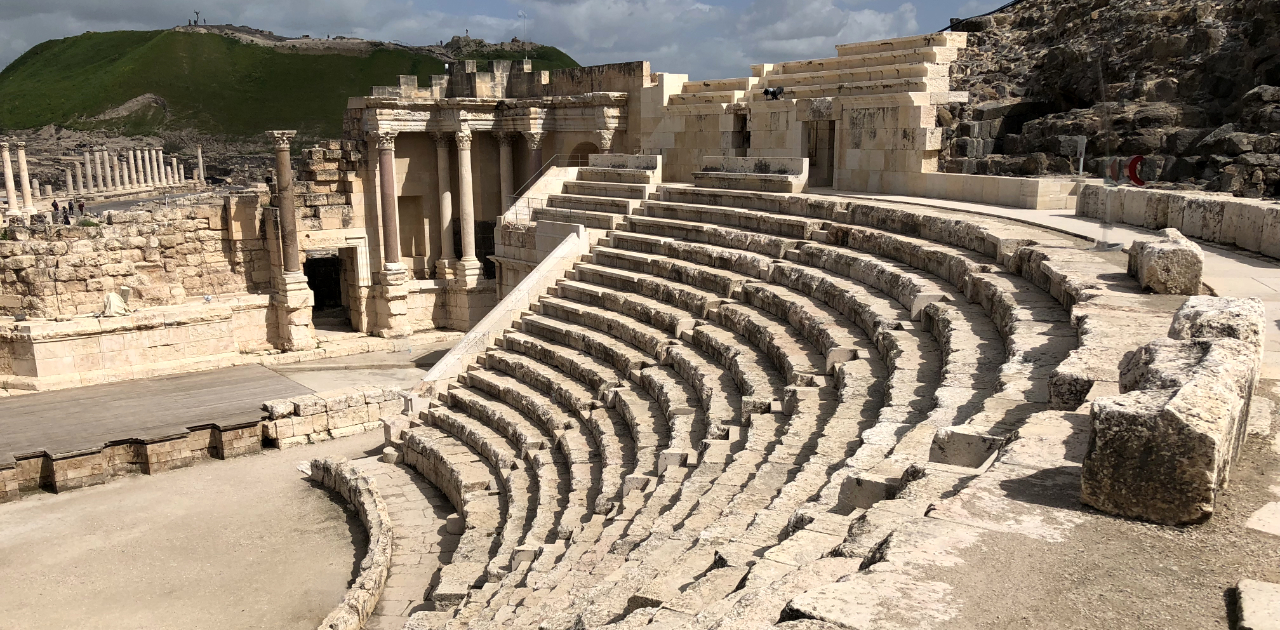When most of us think of archaeology and archaeologists, we picture the physical field work of excavation itself. That is, the digging and recovery of artifacts from an excavation site is what most easily comes to mind. However, the discipline of archaeology today includes much more than that. These days, there is an array of subspecialties, along with their related technologies, that support both the recovery and the analysis of archaeological remains.

While the digging is a science in itself and it gets much of the attention, most of archaeologists’ time is not spent in the field at the dig site. Instead, analysis of artifacts in the lab and preparing results for publication takes the majority of time and effort. And depending on the particular site and the scope of a dig, a variety of subspecialties may be called upon to participate in the analysis and interpretation of what is recovered.

Those who work in these subdisciplines are called, for example, ceramicists, zooarchaeologists, spacial archaeologists, marine geoarchaeologists, and osteologists. This is not a comprehensive list, of course, but a sampling of the areas that might be involved in the work of archaeology. The Biblical Archaeology Society recently posted an article that gives some detail on each of these: “Dig Scene Investigators: What do archaeology specialists do?” This is worth a read if you are interested in what happens behind the scenes in this fascinating world.
At Faith Connections Travel, we love to share information about archaeology from time to time because when we travel, so much of what we see, read, and hear from our guides is the result of archaeological work. We spend time at sites where digging is ongoing or where excavation has developed the site. It helps to know some of the nuts and bolts of the process so that we can understand the places we visit all the better!


